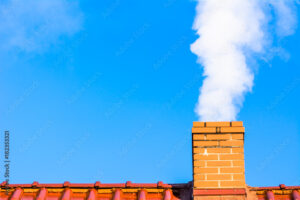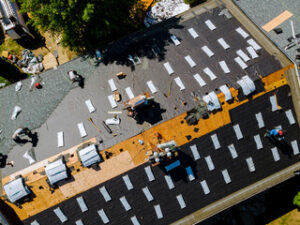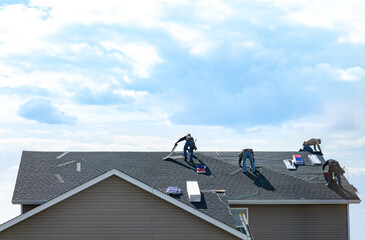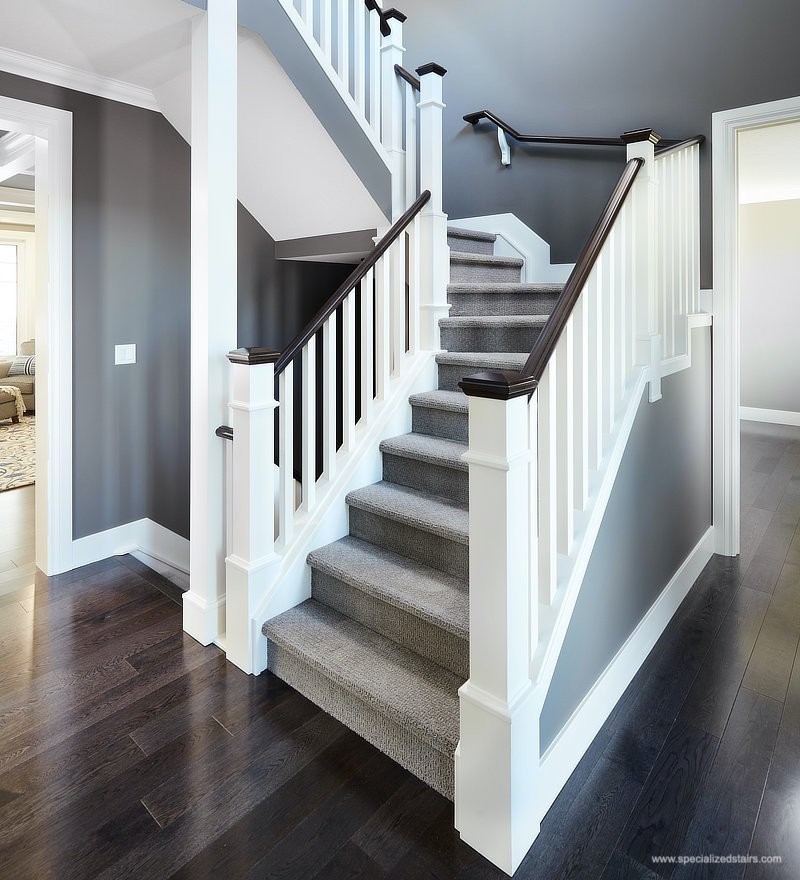Bulkheads are essential to coastal infrastructure, protecting structures from flooding and preventing erosion of the shoreline. They are also important for residential properties in waterfront areas, adding value and enhancing aesthetics.

In homes, bulkheads enclose space above cupboards, kitchen benches, and lounge windows, adding a recessed look and hiding ducting or air-conditioning units. They can be painted to match the décor or in a contrasting color. Visit https://dockbuildingcharleston.com/ for more information.
Bulkheads are vertical partition walls that subdivide the interior of ships into watertight compartments. They reduce the extent of seawater flooding in case of damage, and provide additional stiffness to hull girders. They can be flat or corrugated.
On ships, bulkheads help to isolate specific areas from the rest of the ship in the event of fires. This is useful because it means that a fire can be extinguished quickly without the risk of spreading elsewhere on board. The same is true for floods, which can also be contained within a single room isolated by a bulkhead.
However, the integrity of a bulkhead will only last for so long, and it is important that this is monitored. If signs of damage are identified, such as leaks or cracks, it is vital that these are promptly repaired. Otherwise, the bulkhead could fail and cause further problems.
In addition to providing protection against flooding, bulkheads can also be used to protect buildings. These barriers can be designed to meet specific requirements and are usually manufactured from materials such as concrete, steel or timber. They can be incorporated into building designs to create separate rooms or floors, as well as to reinforce existing structures.
These barriers can be built at a variety of heights and widths, depending on the particular needs of the customer. They can also be configured to provide multiple levels of protection, and are available in a range of colours. Research into materials, care in manufacturing and attention to aesthetics mean that bulkheads can be attractive and discreet, while still offering reliability and resistance.
RAPID MODI is a high-performance stackable flood barrier that offers a combination of flexibility and security. Its modular design allows it to be installed quickly and easily, and its lightweight construction makes it easy to transport. Moreover, the barrier’s high-density polyethylene (PE) core provides maximum impact strength.
Many coastal communities face the challenge of protecting their properties from erosion and sea-level rise. While there are a number of different strategies, such as building seawalls and bulkheads, these structures must be maintained over the years to ensure that they remain effective. This is why it’s important to assess each property individually to determine what protection measures are necessary.
Preventing Erosion
Bulkheads are a good choice for coastal properties because they help prevent erosion. Coastal bulkheads are also known as seawalls or riprap revetments and are manmade structures built along shorelines to control beach erosion. They can be made from a variety of materials, including wood pilings, commercially developed vinyl products, large boulders stacked to form a wall or concrete.
A common bulkhead design is a series of interlocking panels. They are often reinforced by a berm of earth on the land side and by a series of soldier piles that support the waterside of the panels. These vertical support elements can be made from wood, concrete or steel and are used to hold the panels in place.
Depending on the material, bulkheads can last for years. Vinyl is known to last for up to 50 years, while pressure-treated wood and steel can withstand decades of harsh exposure. The type of bulkhead chosen will depend on a number of factors, including structural requirements, fire resistance and insulation capabilities.
A more detrimental type of bulkhead is a completely vertical structure that removes the area of transition between the land and water. Such structures are more common on residential properties in our gulf coast region and often contain harmful chemicals such as creosote that leech into the soil and water years after they have been constructed.
In addition, a totally vertical bulkhead reflects wave energy instead of dissipating it and can cause additional erosion in neighboring areas. It also takes a toll on submerged aquatic grasses that are critical for crabs, fish and other marine life. In contrast, a well-designed, properly maintained bulkhead will not only prevent erosion but will allow for the growth of vegetation and wildlife habitats.
When choosing a contractor to build or repair a bulkhead, ask for references and visit completed projects. Ask for an up-front cost estimate and make sure there are no hidden costs. Make sure the contractor is licensed and insured and can provide proof of adequate liability insurance coverage. Ask for proof of workers’ compensation coverage as well.
Aesthetics
A bulkhead isn’t a wall that just keeps a house or business standing tall, it can also offer quite a bit of aesthetic appeal. Many people choose to clad their bulkheads with different materials, including stone, wood, or vinyl to give them an extra touch of style.
Waterfront properties often benefit greatly from the added stability that bulkheads provide. They not only help keep the shoreline from eroding but make it safe for anyone that comes to visit via watercraft. Bulkheads can even be built to match docks for a cohesive aesthetic.
Bulkheads can be constructed from a variety of different materials, but steel is the most common due to its durability and ease of workability. Concrete is another popular choice, as it is very strong and can be formed into a number of shapes. Wood is also a common material, especially when it is treated to resist erosion and protect against wood-boring insects.
While they are commonly used to cover up things like pipes, wiring, and exhaust vents, bulkheads can offer a unique aesthetic as well. The curved or hemispherical shape of these walls can create an interesting contrast to ceilings and other geometric features in a room. They are particularly striking above chandeliers, as they draw the eye to the light fixture.
One of the most common uses for bulkheads is to conceal structural members, such as columns or beams. This gives a clean, finished look to a space, and also makes it easier to access electrical wiring and plumbing. In addition, a well-constructed bulkhead can protect these structures from damage caused by flooding or storms.
Another way to add beauty and style is to build a deck that looks over the bulkhead, or even extends above it. This offers a great opportunity to use materials that are durable and low-maintenance, such as vinyl. Vinyl lasts over 50 years, and it doesn’t absorb moisture or attract wood-boring insects. It can be shaped to fit the curve of your deck, and it comes in a variety of colors. It is a cost-effective option, as it costs less than wood or metal, and it requires less maintenance.
Maintenance
Bulkheads are an integral part of many industrial applications, from sealing below water deck shafts to oil rig containment. Marine construction companies rely on bulkheads to help control the flow of water around their projects for worker safety and project success. Bulkheads also make the job of maintaining and repairing a large-scale aquatic infrastructure project significantly easier.
One of the most common problems Bulkheads encounter is joint separation. Typically this is caused by uneven force of hydrostatic pressure on the panels and can be corrected with modern crack repair methods.
Another common problem is leaning bulkheads, which is caused by the tie-back rods deteriorating and weakening. This is a serious issue because it means that the concrete, walers and piles are no longer being held in place by the tie-back rods. It’s important to call a licensed professional for this type of bulkhead repair.
Finally, if you have a wood or vinyl bulkhead and you notice that it’s “leaning out,” this is an indication that some or all of the rods have rotted. This is a dangerous and expensive situation because if the bulkhead falls over you could lose valuable property.
This is why a bulkhead evaluation should be conducted by a licensed professional at least every two years, to determine the condition of the structure and plan for any repairs or maintenance needed. Performing regular evaluations and making minor repairs as recommended in the evaluation can extend the life of your bulkhead.
Bulkheads offer a lot of benefits to coastal property owners, whether they’re for commercial or residential use. They help protect land from erosion and can give you additional water depth right at the shoreline. They can even improve tidal flow and provide habitat for marine plants and forage fish (surf smelt and surf perch). And, of course, they provide peace of mind. But like any structure, they need routine maintenance to last and stay in good shape. If you have questions about your bulkhead or would like to schedule an evaluation, please contact us. We look forward to hearing from you!



 Some of these are more expensive than others. Cedar shakes, for example, offer a traditional look, while metal offers superior durability.
Some of these are more expensive than others. Cedar shakes, for example, offer a traditional look, while metal offers superior durability.
 Residential roof maintenance is a vital part of maintaining the integrity of your home. Aside from normal wear and tear, roofs are susceptible to damage caused by weather, pests, rodents, debris, and age. Regular maintenance and inspection can prevent these problems and shorten your roof’s life. Having professional
Residential roof maintenance is a vital part of maintaining the integrity of your home. Aside from normal wear and tear, roofs are susceptible to damage caused by weather, pests, rodents, debris, and age. Regular maintenance and inspection can prevent these problems and shorten your roof’s life. Having professional 
 If you’re shopping for a moving company, look for one that lists their credentials on its website or is willing to provide them upon request. Ask what their job title is, and get that name and contact information in writing. Also, find out who will oversee your project from start to finish. It’s not enough to hire a friendly salesperson who will take your details and write up a contract; you need a project manager who will be on site, overseeing the work.
If you’re shopping for a moving company, look for one that lists their credentials on its website or is willing to provide them upon request. Ask what their job title is, and get that name and contact information in writing. Also, find out who will oversee your project from start to finish. It’s not enough to hire a friendly salesperson who will take your details and write up a contract; you need a project manager who will be on site, overseeing the work.
